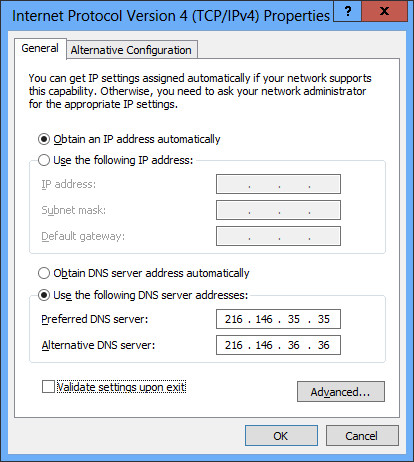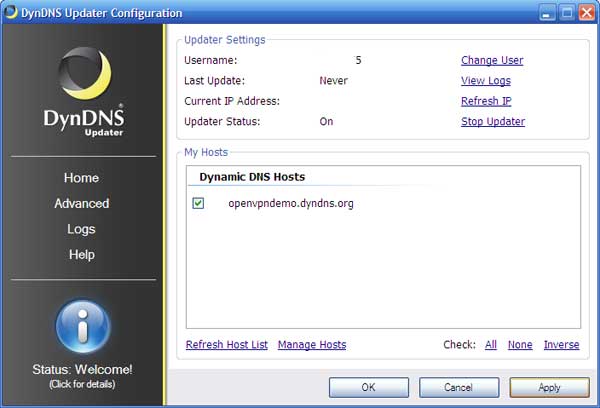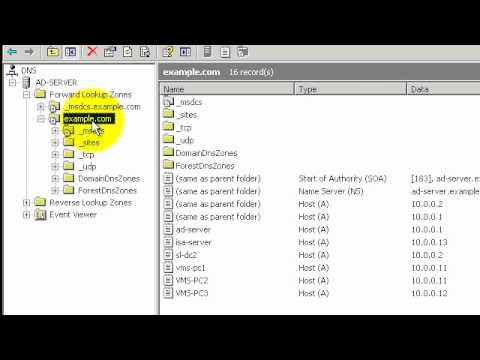

- #Dyn updater configuration install#
- #Dyn updater configuration update#
- #Dyn updater configuration software#
Filter by license to discover only free or Open Source alternatives.
#Dyn updater configuration software#
Alternatives to DDNS Updater for Windows, Mac, Linux, Software as a Service (SaaS), Web and more. If you only have one network, it will be used automatically. If you have more than one dynamic network in your OpenDNS account, the program will ask you to select the network whose settings to use for this computer.


There are many other configurations possible with ddclient such as sending an email notification.I personally wanted to use cloudflare and went this route.
#Dyn updater configuration update#

You should see an output which says “SUCCESS: - Updated Succesfully to YOURPUBLICIP” Run the following command ddclient -daemon=0 -debug -verbose -noquiet -force Replace the values in CAPS with your values. You will need the strange \ characters yes. The password here refers to the cloudflare API token you created in Step 4.
#Dyn updater configuration install#
(I ran into a bunch of crazy errors when I tried with a normal user) sudo su Step 2) Get ddclient cd /tmp git clone cd ddclient cp ddclient /usr/sbin/ mkdir /etc/ddclient mkdir /var/cache/ddclient Step 3) Install the dependencies for ddclient apt-get install libdata-validate-ip-perl apt-get install libjson-any-perl apt-get install libio-socket-ssl-perl Step 4) Configure the contents of nf as followsĮdit the file nano /etc/ddclient/nfĬhange contents as follows use=web, web=/, web-skip='IP Address' # via web protocol=cloudflare, \ zone=YOURDOMAINNAME.COM, \ \ password=YOUR-CLOUDFLARE-APITOKEN-YOUCREATED-IN-STEP4 \ DDCLIENT Setup Step 1) Change to root user. This should ideally work on Debian as well with no changes. I tested these on Ubuntu 18.04 and Raspbian 10. Now, lets configure ddclient to ensure the dynamic update of IP address happens.


 0 kommentar(er)
0 kommentar(er)
